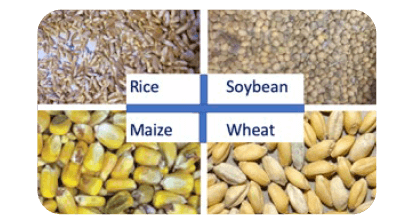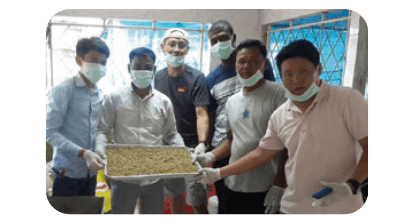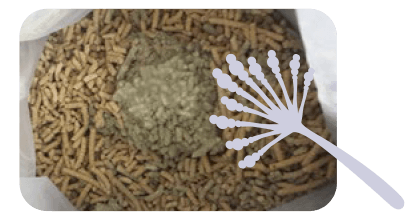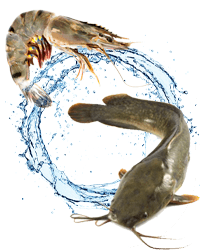Ram C. Bhujel, PhD
Research Associate Professor
Director, Aqua-Centre Asian Institute of Technology (AIT), Bangkok, Thailand
Email: [email protected]
More fish will be needed to feed the rapidly growing world population that is expected to double i.e., 15 billion by 2100.
Aquatic food is the largest source of high-quality animal protein1.
An estimated 156.4 million mt aquatic food was consumed in 20182. More than half (82 mt million) came from aquaculture.
The required increase in supply for additional people needs to come from aquaculture (Figure 1). Annual aquaculture production has grown by over 500% from less than 15 million mt during 1986-95.
A rapidly growing aquaculture industry needs more feed which is the major input that accounts for up to 70-80% of the production cost.

Figure 1. Cage culture in rivers and lakes is a growing feedlot Aquaculture in Asia.
 High cost and low feed quality are the major problems. High cost and low feed quality are the major problems. |
Micotoxins – A hidden problem
Feed quality depends mainly on the ingredients used and the level of mycotoxin contamination.
 Mycotoxins are quite common in food and feed (Figures 2 and 3).
Mycotoxins are quite common in food and feed (Figures 2 and 3).

Figure 2. Grains used as ingredients for fish/animal feed.

Figure 3. Training on feed formulation using linear programming and manufacturing organized at Aqua-Centre, AIT, Thailand (for more information: [email protected]).
Potential economic losses and human health hazards due to mycotoxins have not been completely interiorized.
⇰ There is a need to create awareness and make people understand the gravity of the problem.

Figure 4. Feed with molds due to problem during storage.








 Micotoxicosis prevention
Micotoxicosis prevention